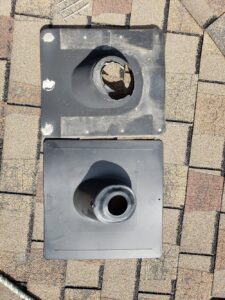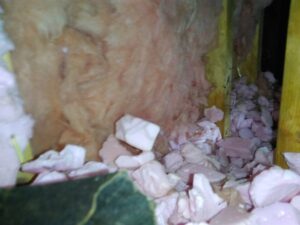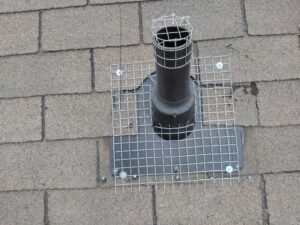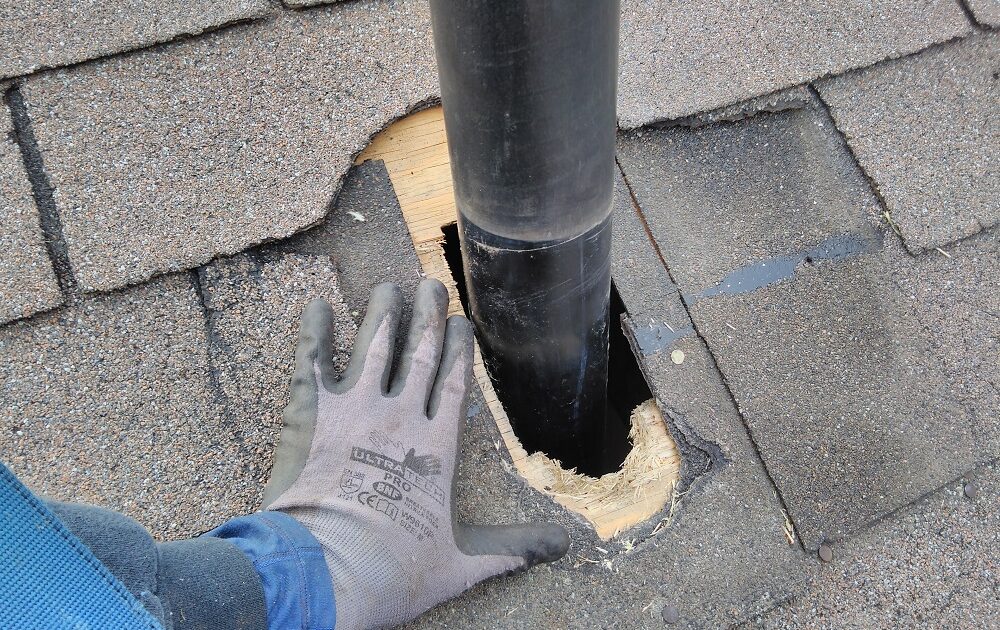There are many steps that go into building a house and while most homeowners are primarily concerned with the façade and the interior fixings and fixtures, you also need to pay close attention to what goes on behind the scenes. Good home maintenance is one of the best ways to ensure that wildlife stays in the wild where it belongs and does not try to make your home their own.
Plumbing Vents and Mats are an Essential Part of the Design of Your Home
Plumbing vents may not be glamorous, and they are one of the elements of your home that you probably don’t give much thought to but maybe you should. A plumbing vent, or drain waste vent, is an integral part of home design. It helps to remove sewage and greywater from your home’s plumbing system and regulates air pressure in your pipes to ensure that the water can flow unimpeded in and out of the drains of your home.

Plumbing vents also ensure that the traps in your plumbing system function properly. Every drain, faucet, toilet and plumbing fixture in your home has a trap. This is a bend in the pipe near the fixture that traps water and prevents smelly gases from wafting into your home. The plumbing vents keep the air pressure in the pipe the same on both sides of the trap. This is very important because if the air pressure is unequal, the water will be siphoned out of the trap and into the section of pipe where the pressure is lowest, causing a bad smell to be released from your drains.
Keeping the air pressure in the pipes neutral and ensuring that the pressure is the same throughout the length of the pipes, also allows the water and sewage to flow freely through the pipes by the force of gravity alone. If you hear gurgling noises when the water has drained out of your bath, shower, basin or toilet this could indicate that your home doesn’t have a plumbing vent, that the plumbing vent is incorrectly installed, or it is obstructed.
Vent pipes typically extend from the waste pipes to the outside of the building, often going through the roof, and allow sewer gases to escape to the outside, rather than being released into the house. Plumbing vent pipes are typically located on the roof of a home, away from windows or air conditioning units, so that the fumes can easily dissipate. The vent pipes also allow oxygen into the waste pipes, enabling bacteria to break down the sewage aerobically.
The Trouble with Plumbing Vents and Rodents
During the building process, contractors are focusing on their part of the job, but they are not thinking about how you are going to keep wildlife out of your attic in the future. When leading the plumbing stack to the roof, a contractor or plumber will cut a hole in the roof that is usually too big for the actual pipe so that it can be fitted quickly and easily. The contractors then use a plumbing mat to fill the gap on your roof and protect your attic from the elements. The plumbing mat is usually made out of rubber or plastic which is a great way to keep out rain and snow, but it is no match for the sharp teeth of rodents and squirrels who are trying to find shelter and a warm, cozy place to spend the winter.

Squirrels and other rodents have strong teeth that need to be filed down to stop them from growing and they use these teeth to good effect to gnaw through almost anything. Wood, rubber, and plastic will not stop a determined rodent looking for food or a convenient place to call home. Squirrels who want to nest in your attic will easily chew through the soft rubber of the mats used by most plumbers to seal the area around your plumbing vents. Once the squirrel manages to fit through the opening they have created, it is game over and their next step will be to establish a nest in your attic. Not only will your attic now be home to an uninvited family of squirrels or other rodents, but it will also be exposed to the elements; not a great scenario at any time of year but especially damaging now that the weather is turning nasty.
How to Protect Your Attic from a Squirrel Invasion
Before the winter sets in, take a close look at your property and ensure that your roof is well maintained and that there are no gaps around your plumbing vents, loose tiles or damaged shingles and that all vent covers are properly installed.

At Skedaddle our technicians have all the necessary equipment and training to do a proper home inspection and identify any wildlife entry points. We do a thorough roof inspection from both the inside and outside, looking for gaps and holes, and evaluate the protection around your vents. Once we have identified all the problems, we will block holes and install screens and covers where necessary and offer advice on the best wildlife prevention strategies to ensure that you have no uninvited guests making themselves at home in your attic. Our technicians are also trained in attic repairs, giving them the ability to remove and replace damaged insulation, ensuring that your property is ready for the winter.
If you carry out your own home inspection and discover that an opportunistic squirrel has already made itself comfortable in your attic do not try to remove it yourself. Squirrels may be small and cute, but they can be feisty when backed into a corner and can easily scratch or bite you. Wildlife removal is a job for the professionals, and it is always best to call in a wildlife control expert to remove any animals from your attic. At Skedaddle, we have the experience and expertise to safely remove wildlife from your home. And even if you don’t have a problem, we can advise you on humane wildlife prevention strategies to keep all forms of wildlife out of your home this winter.




